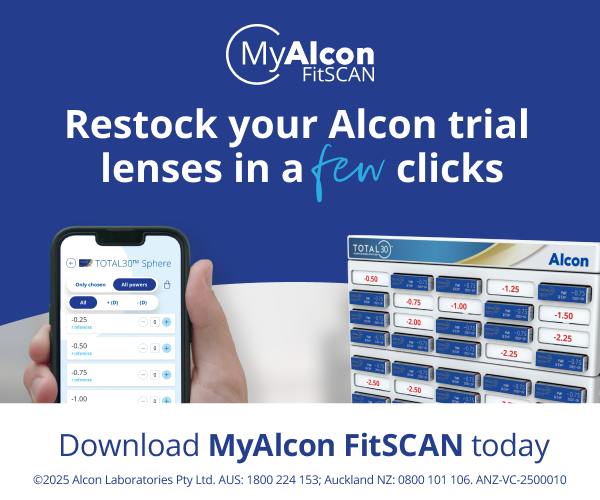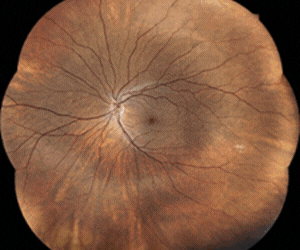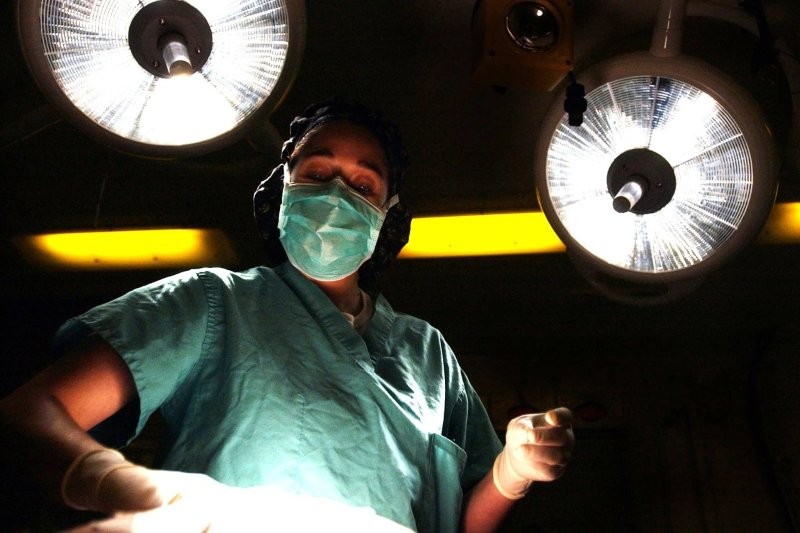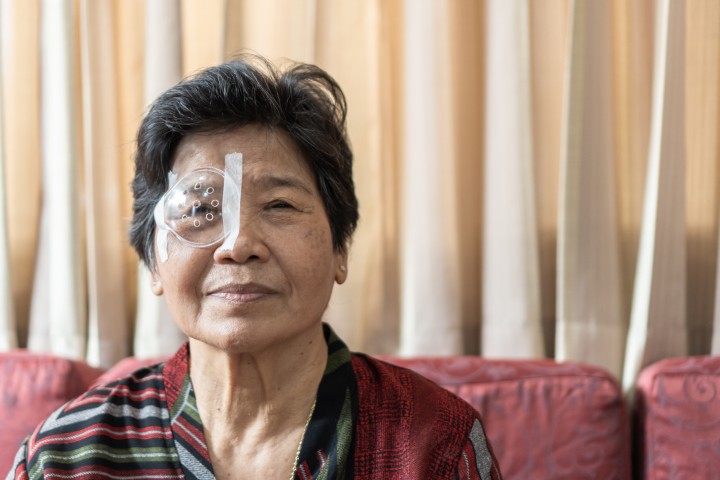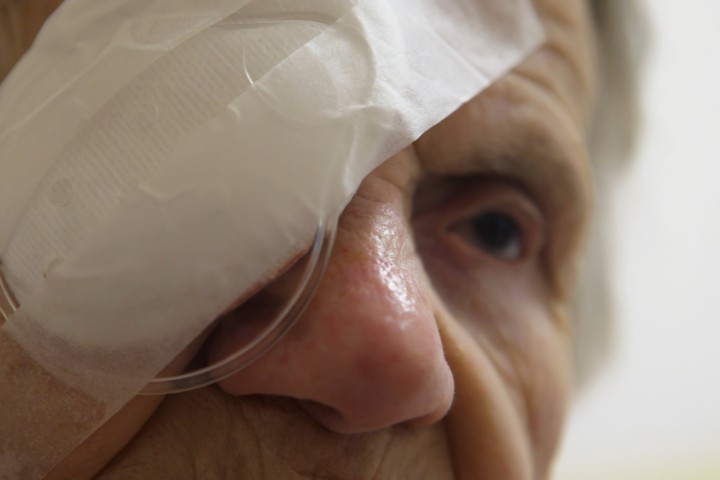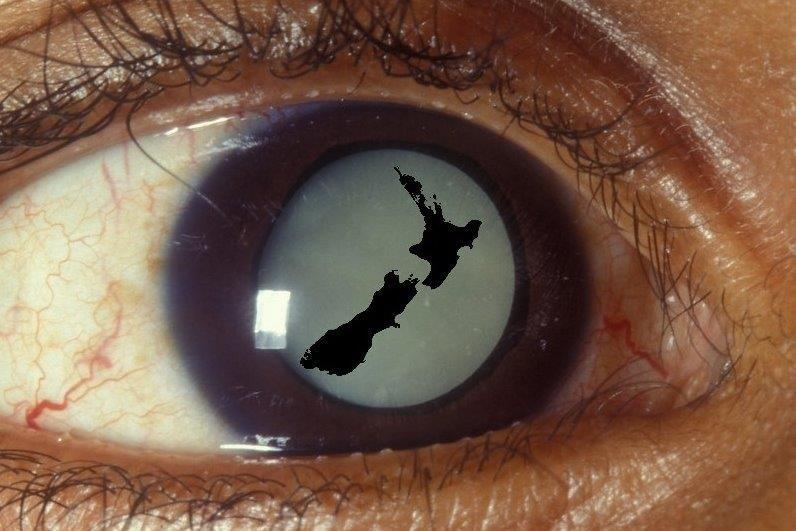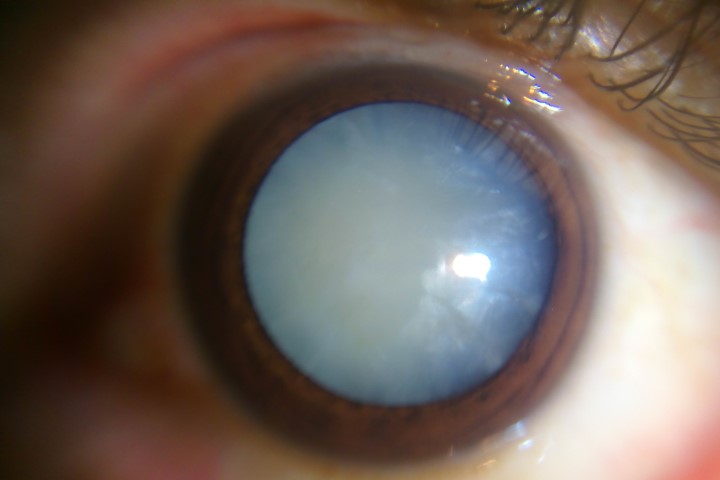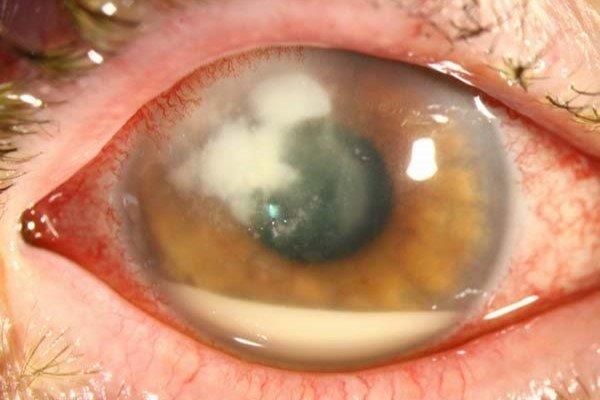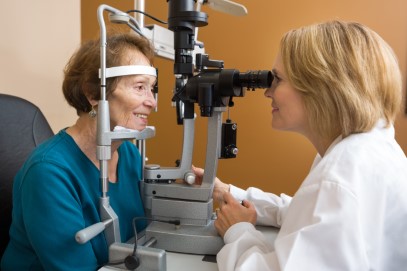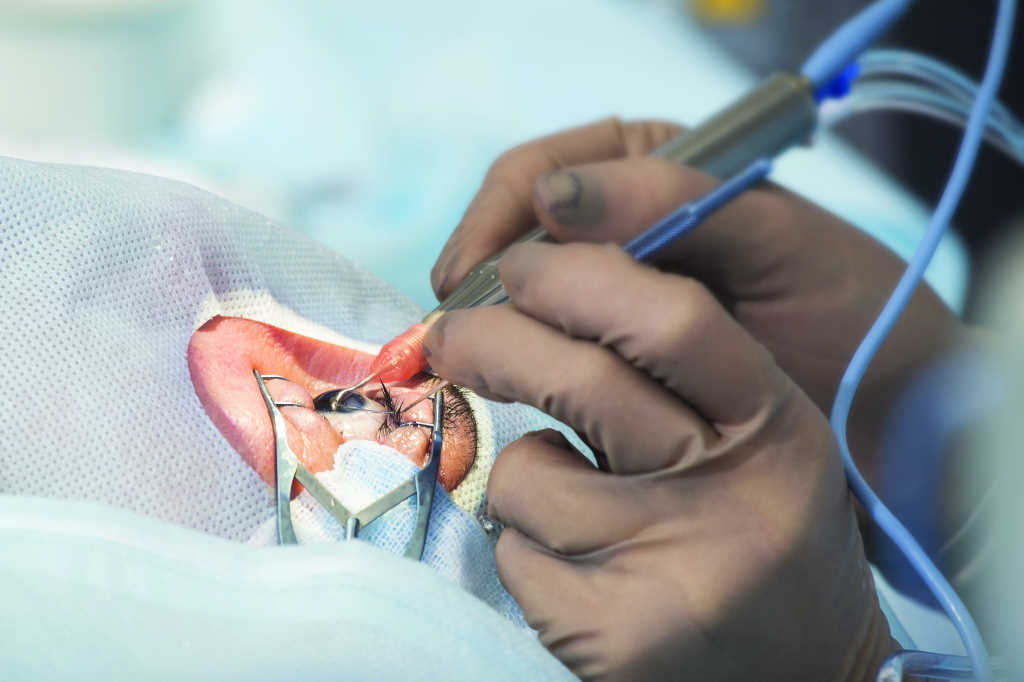Improving the provision of cataract surgery demands disruptive change
Across high-income countries, cataract surgery is one of the most commonly performed surgical procedures, improving vision and quality of life, slowing rates of cognitive decline and reducing risk of falls, hip fractures and road-traffic injuries. Conversely, under-treatment results in negative economic consequences, with lower employment participation from patients and their families that care for them. It is for these reasons that public spending on cataract surgery yields a significant return on investment, with the cost per quality-adjusted life year (QALY) gained ranking as one of the most favourable of any healthcare intervention.
New Zealand-specific evidence shows the high cost-effectiveness of cataract surgery at $4,380 per QALY gained (95% uncertainty interval: 2,410 to 7,210), including for expedited cataract surgery where waiting time is shortened by 12 months. However, in 2018, New Zealand’s surgical intervention rate (SIR) for cataract surgery was recorded at 373/100,000 population vs the UK’s 782/100,000 population, while Australia and Canada each had over 1,000/100,000 population. Although data from New Zealand and the UK only includes publicly funded surgery – whereas Australia and Canada include all cataract surgeries – New Zealand ranked 28th of 32 Organisation for Economic Co-operation and Development (OECD) countries with available SIR estimates. Including private surgeries, New Zealand’s estimated SIR of 800/100,000 population is still comparatively poor.

*Only includes publicly funded surgery (Source: OECD Statistics. Health Care Utilisation: Surgical Procedures)
Table 1. Cataract surgical intervention rate in selected OECD countries (2018)
Here, we explore strategic ways in which the status quo could be disrupted to facilitate greater efficiency, equity and sustainability of publicly funded cataract surgery in New Zealand.
Prioritisation
Cataract surgery eligibility in New Zealand is assessed through the Clinical Priority Assessment Criteria (CPAC) score – a value of 0-100 based on visual acuity (VA), cataract morphology and an ‘Impact on Life’ questionnaire. However, this leads to grossly unequal access to cataract surgery based on geographical location. From 2014-2019, the SIR varied significantly between regions, ranging from 95-737/100,000 population/year, while declined referrals for surgery ranged from 7% to 48% between regions.
The Impact on Life questionnaire is also not well suited to assessing vision-related quality of life (VRQoL). Introducing a national threshold that incorporates a validated VRQoL questionnaire, such as the Catquest-9SF, would represent a more equitable and patient-centred approach to prioritisation, as well as ending New Zealand’s ‘postcode lottery’. The Health New Zealand model is well suited to create this national threshold and reduce geographic inequity.
Theatre efficiency
Most cataract surgeries are performed under local anaesthesia and follow a standardised procedure — factors well suited to high-volume surgery. Personal communications suggest that most New Zealand hospitals complete 3-7 cataracts per list using phacoemulsification. Substantial variation is also observed in the UK, where an average of seven cataracts per list with a range of 5-14 was recorded across five UK hospitals.
In contrast, surgeons at the Aravind Eye Care System (AECS) in India can perform 10-16 cases per hour using manual small-incision cataract surgery (MSICS), with visual outcome and safety data equivalent to high-income countries. In the UK, Sunderland Eye Infirmary (SEI) has two dedicated theatres and achieves up to 14 cataracts per list and 170-180 surgeries per week. SEI nursing staff are employed in higher numbers to facilitate the flow of patients and have responsibilities including skin preparation and surgical consent. Secondly, patients are risk-assessed and stratified into: consultant-only high-volume lists (with up to 14 cataracts per list); complex-sedation lists (with 8-10 cataracts per list); and training lists (with 6-8 cataracts per list depending on trainee experience). Finally, the physical design of the unit facilitates efficient patient flow and minimises downtime between operations. Patients are also waitlisted and undergo pre-operative assessment with biometry on the same, initial visit.
Establishing similar units in New Zealand, as well as adopting key learnings from AECS and SEI in existing units, could improve New Zealand’s SIR and preserve a balance of high-quality teaching with high-volume surgery.
While New Zealand will require a growing number of cataract surgeons to elevate our SIR, treating cataract surgery as a sub-specialty may improve efficiency, safety and visual outcomes. A Canadian cohort study of over one million cataract surgeries demonstrated that highly diversified surgeons (performing more than 50% non-cataract procedures) had almost three times as many adverse events as cataract-exclusive and moderately diversified surgeons (1-50% non-cataract procedures).
Immediately sequential bilateral cataract surgery
Immediately sequential bilateral cataract surgery (ISBCS) is safe and effective compared to traditional delayed sequential surgery, with equivalent visual outcomes and complication rates. Its advantages include faster visual rehabilitation, fewer clinic visits, decreased waiting times for surgery, higher productivity and estimated cost savings of more than 30% for the healthcare system. ISBCS is already widely accepted and performed in countries such as Sweden and Finland. In New Zealand it is increasingly performed in the private sector.

Post-operative follow-up
Post-operative follow-up practice varies among regions. The current literature does not support a face-to-face review on post-operative day 1 (POD1) after uneventful phacoemulsification by an experienced surgeon in patients without ocular co-morbidities; the standard of care in the UK does not include a POD1 review unless there is co-existent pathology. Alternatives include telephone consults or elimination of the clinical encounter entirely for appropriate patients with a low threshold for review. Rationalisation of post-operative follow-up at a national level has the capacity for significant savings and increased efficiency without compromising safety.
There is also scope to utilise other healthcare professionals. In the UK, only 11% of all post-operative patients are seen by an ophthalmologist at any point – 57% are seen by hospital nurse practitioners or optometrists and 27% are discharged immediately following surgery and followed up by community optometrists. However, for trainee surgeons, post-operative review provides the opportunity for a feedback loop and is therefore an important educational encounter in training hospitals but could be rationalised to teaching lists only.
Strategies for cost-saving
In India, AECS delivers cataract surgery at a fraction of the overall cost in New Zealand, Australia or the US. The AECS principles that could be applied in New Zealand include: the use of standardised processes and instrumentation; bulk sourcing; appropriate re-use of equipment; and specialised nursing and support staff facilitating high-volume service delivery with optimal efficiency. At present, different district health boards (DHBs; now regions within Health NZ) use differing operating equipment, intraocular lens (IOL) types and perioperative treatment regimens. Developing standardised evidence-based protocols at a national level could significantly reduce costs, both by supporting Pharmac to negotiate lower equipment prices and by rationalising perioperative treatment regimens. For instance, there is widespread use of topical antibiotics post-operatively, despite low-level evidence for their efficacy in preventing endophthalmitis. Stopping that practice could save money, reduce confusion for patients, decrease unnecessary consumption and greenhouse gas emissions and may reduce the risk of antimicrobial resistance.
In patients with significant pre-existing astigmatism, a toric IOL may be considered, reducing a lifetime of economic costs by decreasing the need for glasses and contact lenses. Thresholds for their use presently remain at the discretion of individual DHBs, with resultant geographic inequities and missed opportunities for cost reduction. This could be remedied by establishing a national standard and threshold for the use of toric IOLs. Similarly, extended depth of focus (EDOF) lenses improve functional vision and decrease the need for glasses. One type of EDOF lens is only $100 more expensive than a standard monofocal lens and could be considered for use within the public system.
Equity for Māori and Pasifika
Cataract-related vision loss is 1.5-2 times more prevalent in Māori than in non-Māori up to age 84. Similarly, Māori and Pasifika are listed for surgery on average 6-7 years younger than the national mean, with more advanced cataracts and worse pre-operative VA, which may result in higher rates of intra-operative complications in Māori patients. Higher rates of diabetes, cardiopulmonary disease and smoking may contribute to earlier cataract development and must also be addressed.
Given that Māori and Pasifika are waitlisted for surgery at equivalent rates to other ethnic groups, access to timely referral appears to be a key area for improvement. Barriers to accessing timely referral include socio-economic deprivation and geographic accessibility. For example, in patients from the Waikato region defined as having remote access, Māori were 27% geographically further from an optometrist than New Zealand Europeans and had worse VA at the time of referral for surgery.
Funding optometry visits and improving accessibility to community optometry in more rural areas are strategies worth exploring, and upskilling community diabetes services may result in more prompt diagnoses and referrals. However, we recognise a need for further research to understand ethnic inequalities in cataract surgery and the adoption of Te Tiriti o Waitangi principles in addressing disparities.
Sustainability to save costs
Cataract surgery in New Zealand has a carbon footprint equivalent to an economy seat on a one-hour flight (152kg CO2e per procedure). Extrapolated over approximately 30,000 operations each year, this amounts to 4,500 tonnes of carbon, which would require 134ha of growing forest to absorb. An analysis of Wellington hospitals’ cataract surgery emissions found 84% was related to the consumption of single-use items such as gowns, drapes, surgical instruments, tubing and cassettes, gauze, dressings, eye shields and medications. In contrast, AECS reuses, recycles or reprocesses many items, reducing the overall footprint of cataract surgery to 6kg CO2e per procedure, with similar large reductions in cost. Even with these measures, large cohorts at AECS show post-operative endophthalmitis rates of 0.01%, rivalling the 0.04% reported in the US registry.
In the near future, New Zealand health sector agencies will be accountable for their carbon footprint and financially incentivised. Ophthalmologists within this much larger system can reduce travel emissions related to cataract surgery with ‘one-stop-shop’ pre-assessment with same-day surgery; longer operating lists (less staff travel per case); ISBCS; and phone- and community-based follow-up for suitable cases. The footprint of pharmaceutical consumption can be reduced by: using topical anaesthesia wherever possible; avoiding single-use sterile drops when unnecessary; reusing bottles of liquid medications such as povidone-iodine and irrigating solutions for multiple cases; and avoiding prescribing unnecessary post-operative drops, such as antibiotics. Likewise, the consumption of surgical supplies can be reduced, and surgeons can have a powerful voice as leaders and advocates to their hospital management and industry suppliers.
The importance of audits
A continuous audit cycle at both local and national levels is essential in improving efficiency, safety, and visual outcomes. To provide culturally appropriate and patient-centred care, patient-reported outcome measures must also be central to this audit process. We should aspire to the Swedish National Cataract Register model, which has collected data on over one million surgeries since 1992.
CatTrax, a web-based health intelligence platform, includes automated reporting on all relevant clinical and refractive outcome measures, including patient-reported outcomes using the CatQuest-9SF and other assessment tools. CatTrax has enabled improvements in quality, access to cataract surgery and equity and has tracked 15,000 cataracts in New Zealand to date.
Conclusion
Cataract surgery is a highly cost-effective treatment, but the surgical intervention rate in New Zealand ranks poorly compared with other high-income countries. We have presented several evidence-based strategies with overlapping benefits in access, equity, efficiency and sustainability. Key strategies include that Health NZ mandate a national CPAC threshold for surgical access, Pharmac leveraging cheaper access to surgical supplies using nationally agreed equipment standards, establishing high-throughput cataract units, offering ISBCS when appropriate, and rationalising post-operative care. As we transition to a new healthcare system, we should seize the opportunity to reimagine our public cataract service.
This is an edited version of the original paper which appeared in the New Zealand Medical Journal in April 2022. For the full paper and related references please visit, https://journal.nzma.org.nz/journal-articles/improving-the-provision-of-cataract-surgery-in-new-zealand-demands-disruptive-change-open-access





